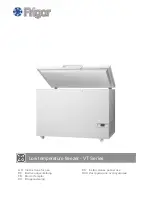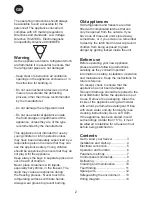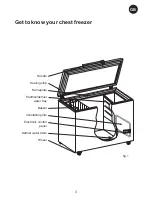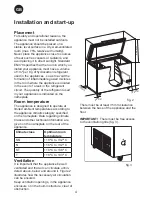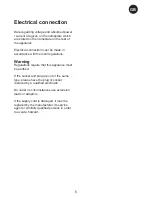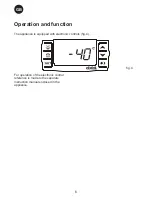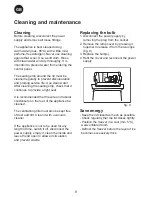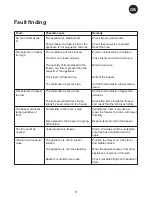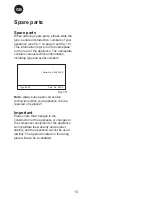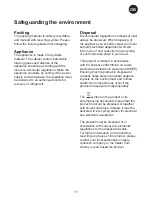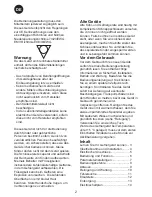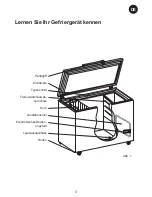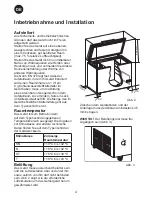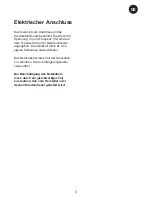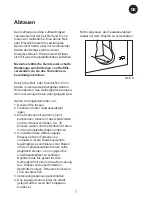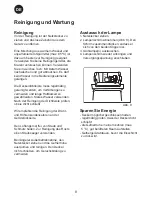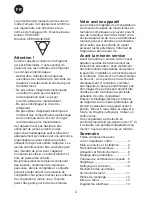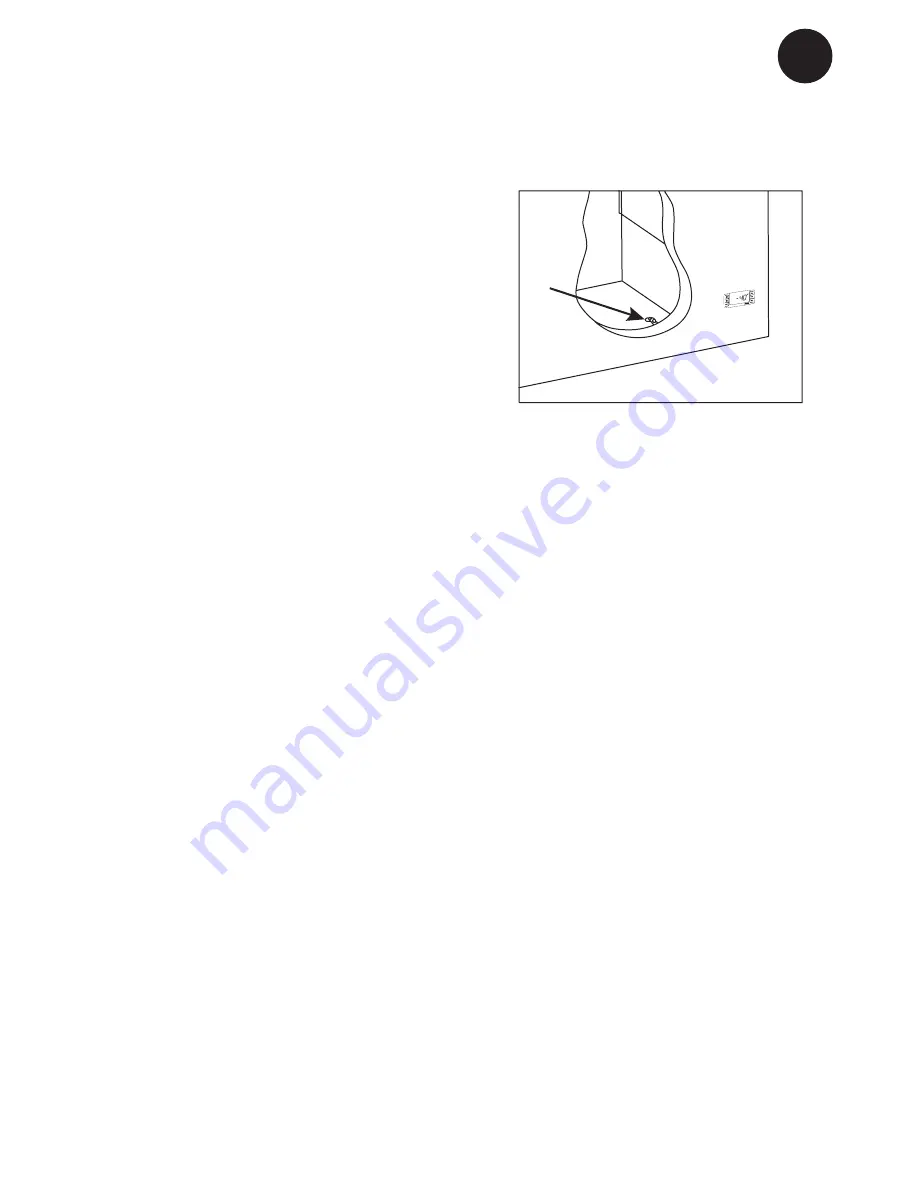
7
GB
The items stored in the freezer and the
humidity of the surrounding air gradually
cause frost and ice to form inside the
freezer. A thin layer of frost or ice does
not affect freezer performance, but the
thicker the layer, the higher the energy
consumption. Small amounts of loose frost
can be removed using a plastic scraper.
Never use electrical apparatus or sharp
implements as these may damage the
inside of the appliance.
When the layer of frost and ice exceeds
4-5 mm the freezer should be completely
defrosted. It is recommended that defrosting
be performed when there are no or only a
few items stored in the freezer.
Proceed as follows:
1. Leave the freezer lid open.
2. Position the partition under the defrost
water drain.
3. Place a bowl of hot (but not boiling) water
in the freezer, close the lid and wait
approx. 30 minutes before removing
loose frost with the plastic scraper.
4. To prevent water from damaging the floor
during defrosting, it is advisable to check
the defrost water tray from time to time
and to cover the floor around the defrost
water drain to protect against ice and
splashes. When all the frost and ice have
melted, clean the inside of the appliance
using water with a mild, perfume-free
detergent. Dry the freezer with a soft
cloth.
5. Reconnect the power supply.
6. Return items to the freezer when the
required temperature has been reached.
Remember to reinsert the stopper in the
defrost water drain.
Defrosting
fig. 8

